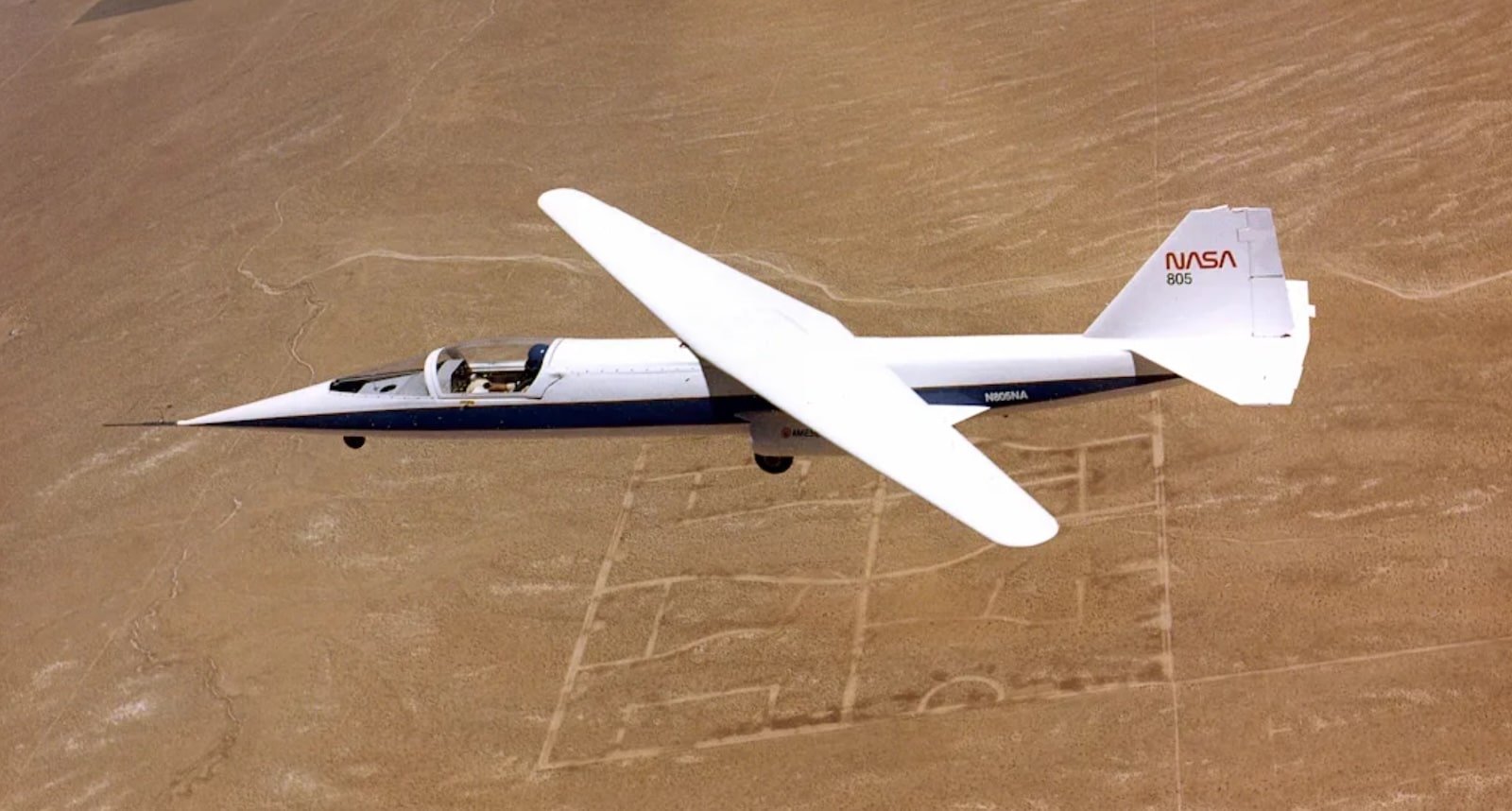
China has unveiled plans to leapfrog U.S. military technology by developing a hypersonic drone carrier—an unmanned aircraft mothership inspired by abandoned NASA research on the “oblique wing.” This variable wing design, first proposed by Nazi engineers and explored by NASA through the late 20th century, could enable Beijing to deploy swarms of combat drones at speeds and operational agility that U.S. defenses struggle to counter. According to reporting from the South China Morning Post, this initiative signals China’s ambitions to create next-generation strategic weapons that redefine aerial warfare.
Advanced Oblique Wing Technology and Hypersonic Flight
The Chinese hypersonic drone carrier incorporates a rotating single wing, unlike traditional symmetrical swing-wing aircraft. This oblique wing pivots up to 90 degrees: at slower speeds, it stands perpendicular for maximum lift; as the craft accelerates to Mach 5 (over 3,800 mph), the wing aligns with the fuselage, reducing drag and transforming the aircraft into a “waverider”—where the body generates lift while minimizing shock waves. The proposed mothership flies almost 19 miles (over 100,344 feet) above Earth, carries up to 4,400 pounds of drones, and launches up to 18 autonomous vehicles for rapid infrastructure strikes behind enemy lines. This operational profile exploits the unpredictable flight dynamics of hypersonic vehicles, making them nearly impossible to intercept using conventional anti-air platforms like Patriot missile batteries.
Military Application and Strategic Edge
China’s existing drone mothership, the Jiu Tian, can deploy up to 100 combat drones at subsonic speeds; the new hypersonic version operates far faster, amplifying threat potential against U.S. defenses. Hypersonic platforms allow unpredictable flight patterns, unlike ballistic missiles, which fly parabolic and thus more easily intercepted tracks. The new carrier is designed to deliver drones that attack radar installations, command centers, and communications networks in the critical opening moments of conflict. U.S. defense officials, including Secretary of Defense Pete Hegseth, have reportedly warned that Chinese hypersonic missiles could threaten all American nuclear carriers in under five minutes, revealing the severity of the strategic vulnerability.

Engineering Challenges and Chinese Breakthroughs
NASA’s original efforts, including the AD-1 and other oblique wing prototypes, faced serious control and structural challenges such as severe torque loads, thermal stress, and dangerous flight instability past Mach 1.4 (roughly 1,066 mph). China addresses these hurdles through AI-driven design optimization, advanced computational fluid dynamics, and smart materials capable of withstanding up to 1,000°F at Mach 5. The Northwestern Polytechnical University team, led by Professor Ma Yiyuan, emphasizes multiple backup systems, real-time strain diagnostics, and fail-safe wing locking mechanisms. This technological leap—along with autonomous control and strain monitoring—enables robust, unmanned hypersonic flight that NASA and previous U.S. efforts never fully realized. Unlike traditional variable-geometry aircraft, this single-piece oblique wing design improves structural strength and load-bearing capacity, which may help solve a decades-old engineering puzzle.
Historical Roots and U.S. Abandonment
The oblique wing concept began in WWII Germany, then migrated to U.S. research led by Robert T. Jones at NACA and NASA. The AD-1, flown from 1979-1982, tested incremental wing sweeps and collected data on drag reduction, but struggled with poor handling and unwanted flight behaviors at maximum sweep angles. Despite promising theoretical efficiency, lack of sufficient computing power and material science forced abandonment of large-scale commercial and military applications. Today, Chinese engineers claim contemporary technologies finally make the oblique wing practical, positioning China to operationalize an innovation that the U.S. left unfinished.
DroneXL’s Take
China’s hypersonic drone carrier signals a transformation in military drone operations—leveraging cutting-edge aeronautics to deploy autonomous swarms at previously unimaginable speeds. If realized, this aircraft will fundamentally change the calculus of aerial defense and strategic deterrence, raising pressing questions for U.S. drone professionals: Will Pentagon investments in AI and advanced flight controls catch up to this revived technology? Can American firms overcome risk aversion and prioritize breakthrough designs over incremental upgrades? And how should commercial drone operators respond if military innovations begin to shape civilian regulations or airspace management? DroneXL invites readers to weigh in—how will the future of autonomous drone warfare impact the broader industry? Join the discussion below.


